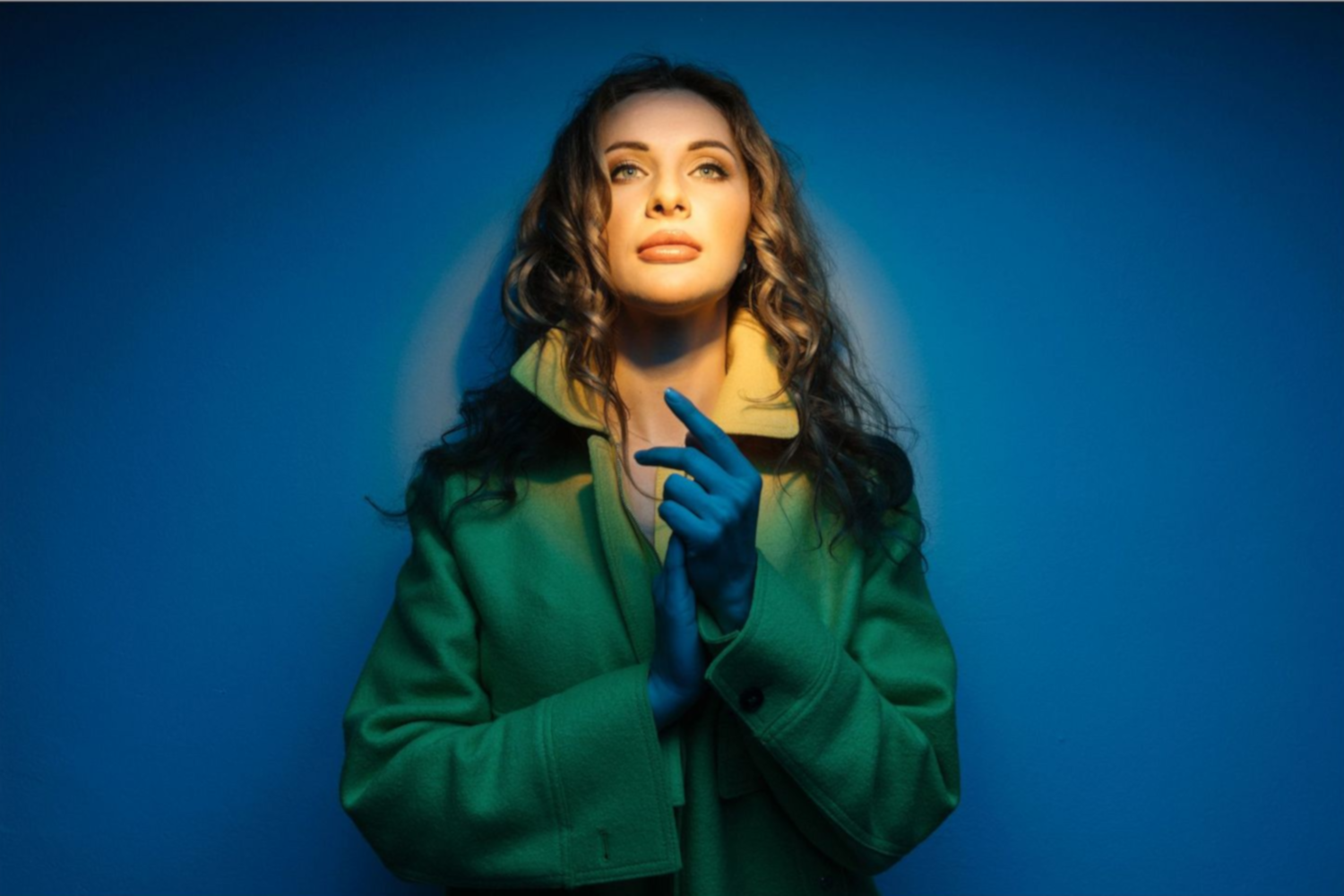Natisa Gogol feels a 'Wind Of Hope' blowing across Ukraine
‘Tell me why they broke into our house/Tell me why they tore apart our lives?’
Earlier this February, Ukrainian-born singer-songwriter and war refugee Natisa Gogol released a symbolic anthem of resistance titled "Wind Of Hope", which has indeed been carried by the wind and into countless ears all over the globe, denouncing the horror, the fear, and the confusion surrounding the ongoing Russo-Ukrainian war.
"The triumphant song, inspired by the terror-stricken experience of fleeing her home in Kyiv with her young son, delivers a powerful message about holding onto strength and hope, even in the most disastrous and dark of times."
On the 24th of February, Ukrainians woke up to what is for most people their worst nightmare: Invasion. Their nation was now at war, and everyone was set to either be drafted or escape the encroaching Russian war machine. With a child to care for, Natisa was one of those people who sadly had to leave everything behind in order to survive.
“In the morning, my friend came to pick us up, but, as we drove away from Antonov Airport, we heard shots and explosions. When we arrived at the exit to the Zhytomyr highway, which leads towards the Polish border, two cars were already waiting for us. There were four women and four children ready to leave in these two cars but the shots became louder and closer, so we had to change our route. We followed our friend’s car through the traffic for 20km before he had to go back to Kyiv to help defend the city. As we watched him drive away, we could see Ukrainian tanks and soldiers arriving. We drove – and lived in – that car for five days until we felt safe.” says Natisa.
The highly emotional journey is captured by the song's tone. it is first a harrowing sound full of darkness and despair, followed by pure, distilled bravery that inspires as much in others. The song is a vulnerable-yet-spirited anthem to those who've lost their homes, lives, or families, as well as those who remain strong in the fight for justice and peace.
The sorrow, anguish and confusion are present both in the lyrics and the music video as well where we see Natisa all clad in mourning black, but as the hopeful message begins to overcome this darkness, so does a golden gown showered in dazzling light and colors break through the gloomy visual to represent the coming new day and the hope of victory.
Born in 1988, in the city of Dnipro in Ukraine, Natisa attended the Kyiv Municipal Academy of Performing and Circus Arts, before graduating to become a soloist for the state academic orchestra, an institution that saw her collaborate with DJ Shiller, as well as 1970s Afro-German-Carribean, disco/funk vocal supergroup, Boney M, an outfit who are still massive in Ukraine. Natisa cites jazz as an influence, although her musical heroes include artists like Ella Fitzgerald, Quincy Jones, Elton John, Barbara Streisand, Madonna, and Mariah Carey, and you can sense the influence of some of these artists on Mantra, Starting To Get Used To and Birds, songs likely to surface on her debut album due to be released in 2023.
Meet the author
Samuel Aponte is Venezuelan-born raised and based.
I joined Rival Magazine after a few years of doing PR work for independent musicians of all stripes; understanding their struggles to be heard in a sea of constant ADHD noise and paywalled access to platforms, I now bring a willingness to always appreciate and encourage the effort and creativity that artists put into their work . Can also find some of my writings on LADYGUNN and We Found New Music.


